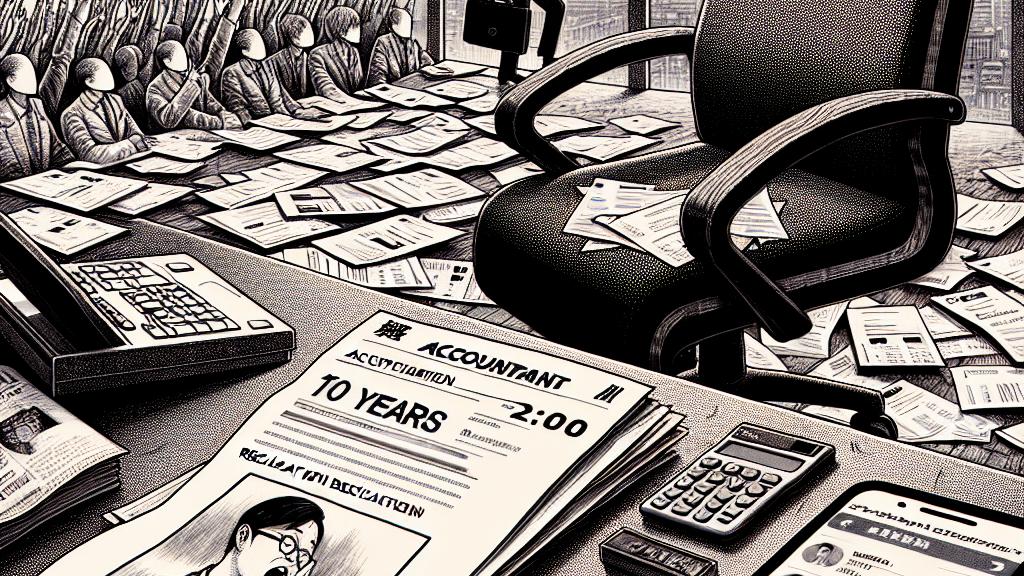The Struggles of Employment in Today's Job Market
Overview
- Investigate the urgent problem of skilled labor shortages in Japan, where finding qualified replacements is increasingly difficult.
- Examine the evolving labor market dynamics impacting job security, wage disparities, and employee satisfaction.
- Highlight the alarming gender imbalances in leadership positions and their repercussions on women's career advancements.

Challenges in Hiring in Japan
Japan is currently facing an alarming talent shortage, as illustrated by the resignation of an accountant who dedicated a decade to her role. When the accounting manager sought to swiftly recruit a replacement, reactions on social media ranged from disbelief to frustration. This scenario powerfully underscores a stark reality: qualified replacements are incredibly hard to find. According to industry experts, the rigid hiring practices prevalent in Japanese companies, which often favor younger candidates, have resulted in a growing reluctance to consider experienced or older workers. Take, for instance, the difficulty many firms encounter when trying to replace seasoned employees who have accumulated years of expertise. As organizations scramble to fill vacant roles, it becomes increasingly evident that they must adopt more inclusive recruitment strategies to navigate this daunting landscape.
Labor Market Dynamics
The labor market in Japan showcases a troubling divide that distinguishes regular employees from non-regular workers, compelling a closer examination. With the introduction of amendments to labor laws in 2012, the situation for contract workers has deteriorated markedly. An unsettling trend has emerged: many contract workers are expected to change jobs every three to five years, leading to a cycle of instability. For instance, a recent survey revealed that these individuals, despite performing tasks similar to their full-time peers, often receive far less in terms of compensation and benefits. Consider the striking case of a highly skilled factory worker who, due to the non-permanent nature of his role, earns a fraction of what his permanent counterparts make. This glaring disparity emphasizes the urgent need to address wage inequality and labor rights, otherwise, the gulf between these two groups will continue to widen, affecting morale and productivity within the workforce.
The Gender Gap in Leadership
In addition to the challenges surrounding employment conditions, the gender gap in leadership roles presents a significant barrier to achieving workplace equality. Currently, only 9% of CEOs at the largest U.S. companies are women—a statistic that resonates deeply across global corporate landscapes, including Japan. This lack of representation is not just a statistic; it signifies systemic issues that trickle down through organizational hierarchies. Recent research indicates that while women achieve nearly half of entry-level positions, they are disproportionately absent from leadership roles, with only 48% holding such positions. The phenomenon known as the 'broken rung' strongly illustrates this issue, as it highlights that for every 100 men promoted to management, just 81 women make the same leap. This emphasizes the multitude of obstacles women encounter and reinforces the need for proactive measures to support female advancement in the workplace, ensuring that future generations benefit from a more equitable professional landscape.

Loading...